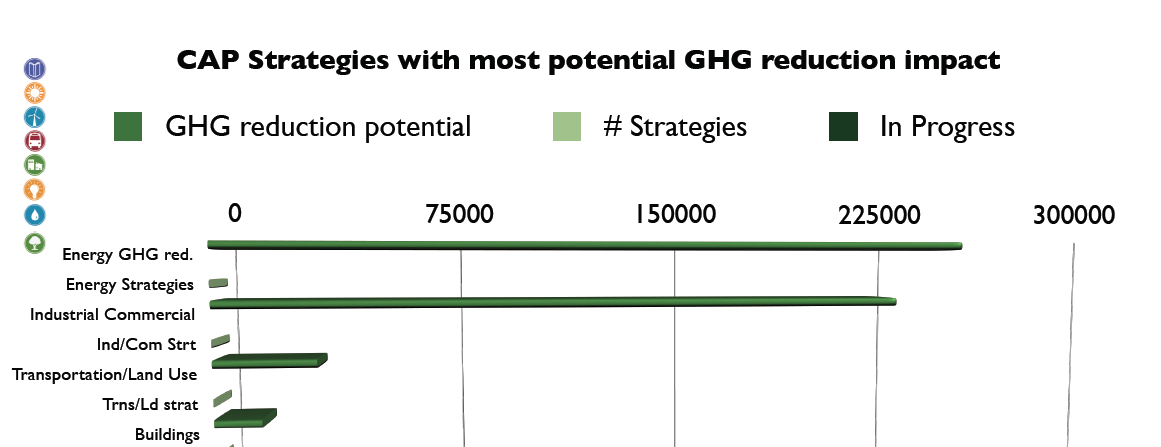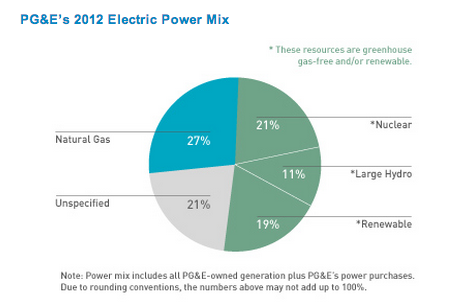 YEARS AGO I TAUGHT A SERIES of university seminars related to technology and society. My background is 30 years of service in the telecommunications — aka network — industry. A text that I used for many years was Sara Baase’s “A Gift of Fire.” I’m happy to see her book is now in its fourth edition!
YEARS AGO I TAUGHT A SERIES of university seminars related to technology and society. My background is 30 years of service in the telecommunications — aka network — industry. A text that I used for many years was Sara Baase’s “A Gift of Fire.” I’m happy to see her book is now in its fourth edition!
Sara begins her text with the story of Prometheus, a Titan who stole fire from the gods and gave it to humanity. The gods were not pleased and, of course, the gift of fire has had its destructive peril for humans as well, which is the point of Sara’s ethical and philosophical exploration of technology.
I have come to learn that when we consider what is sustainable, it is in essence our challenge to work out the complex problems of living in balance with our resources so that we can meet our needs of today and allow for future generations of life to meet their needs, too. We have truly been given the “gifts of fire” through the many iterations of energy, from heating and cooling to transportation, manufacture, light, etc. Now we need to balance the means of producing that resource (fossil fuels, nuclear energy, alternative energies: wind, solar, geothermal, water) to move forward into a future that will meet the needs of all.
A major component of the Community Sustainability Commission’s mission is recommending actions on the city of Benicia’s Climate Action Plan. In the first (2009) and recently updated (2013) GHG emissions inventory, the use of energy was and continues to be the largest contributor to emissions in Benicia. The CAP strategies graphic was put together several years ago to see where the largest GHG emissions were generated and what strategies the commission should focus on in working to reduce GHG.
Energy use remains the largest source of GHG emissions. To that end, in 2012 the commission, with the help of Dominican University of California, sponsored four Energy Symposia to explore the topic. Out of the symposia came an excellent perspective on energy production and some very concrete efforts that could be taken to address energy needs and GHG, along with realistic considerations of what technologies aren’t quite ready as energy resources, e.g. tidal energy. (The Carquinez doesn’t have enough of a tidal flow to power current tidal energy generators, but as the technology evolves . . . it might just be enough in the future.)
Clean energy — Community Choice
A strategy we learned from the symposia that did allow for significant GHG energy reduction and that was working for many communities was clean energy. This concept goes by the name of Community Choice Aggregation (CCA).
“Community Choice Aggregation,” Wikipedia tells us, “is a system (neither a company nor an organization) adopted into law in the states of Massachusetts, Ohio, California, New Jersey, Rhode Island and Illinois which allows cities and counties to aggregate the buying power of individual customers within a defined jurisdiction in order to secure alternative energy supply contracts on a communitywide basis, but allowing consumers not wishing to participate to opt out.”
I was impressed to learn that the Marin Clean Energy program has more than 100,000 users. Illinois has more than 600 municipalities, including Chicago, that have passed aggregation referenda. Ohio has half a million CCA customers.
What has been interesting to learn is that community choice is both a possible option for purchasing clean energy, and a way for local government to realize a new revenue stream.
Community Choice/clean energy in Benicia?
In 2010, PG&E had a mix of nearly 16 percent clean energy/renewable mix in the energy it produces. The utility seems to be well on its way to meeting a state requirement of 33 percent clean energy by 2020.
A clean energy community choice option might just be a significant step we could or should take in Benicia. However, we need to learn more and to that end, the Community Sustainability Commission is holding an educational event with two panelists: Shawn Marshall, executive director of LEAN Energy US, and Jamie Tuckey, communications director for Marin Clean Energy.
The panelists will speak on March 3 at 6 p.m. at the Benicia Community Center, 370 East L St. Here are some of the issues we hope to learn more about:
• Pros/cons of Community Choice for municipal government, residents, commercial industrial users
• What does it take for a city to become a CCA jurisdiction? Is it manageable with limited resources?
• What are the potential greenhouse gas emission reductions?
• What is the mix of energy sources, i.e., are they clean?
• What about CCA start up costs?
• Does it cost more for clean energy? If yes, how much more?
• Is CCA a possible revenue source for a city?
• How does someone opt out?
• Does a community have to establish a separate organization to manage the CCA? If so, what effort does that require.
• And ?????
Join us on March 3 and bring your questions. Maybe it’s possible to take intelligent and responsible action on our energy production and use — and limit the liabilities and extend the benefits of our “Gift of Fire.”
Learn more!
• Baase, Sara, “A Gift of Fire: Social, Legal, and Ethical Issues for Computing Technology” (4th Edition)
• LEAN Energy US: leanenergyus.org
• Marin Clean Energy: mcecleanenergy.com
• PG&E: pge-corp.com/corp_responsibility/reports/2010/index.html/en02_clean_energy.jsp
* * *
LAST WEEK’S ARTICLE talked about water and water usage. I looked at my own billing data and thought I was pleasantly surprised by the cubic foot usage. A reader challenged my findings by saying the billing is done by “hundreds” of cubic feet. So, I showed my chart to the Water Department and was told that while the chart showed cubic feet, the reading actually was in “hundreds” of cubic feet! Now I know, and I believe the city is going to indicate that on the chart.
Bottom line: I’ve got a some of work to do. Water is precious.
Constance Beutel is a member of Benicia’s Community Sustainability Commission. She is a university professor and videographer and holds a doctorate from the University of San Francisco.








Leave a Reply